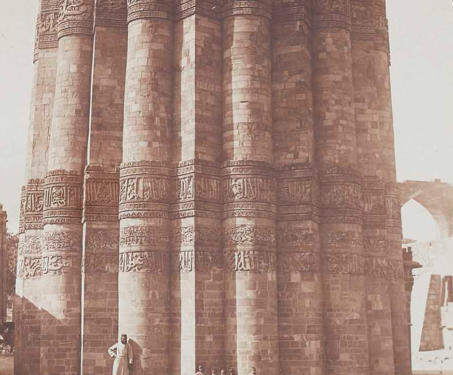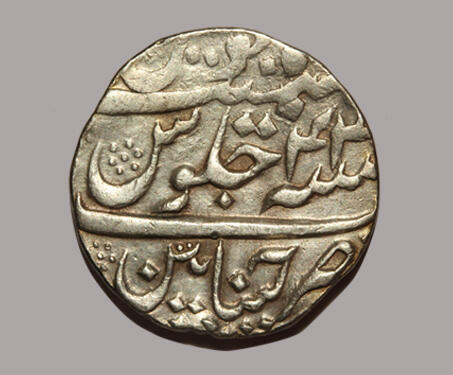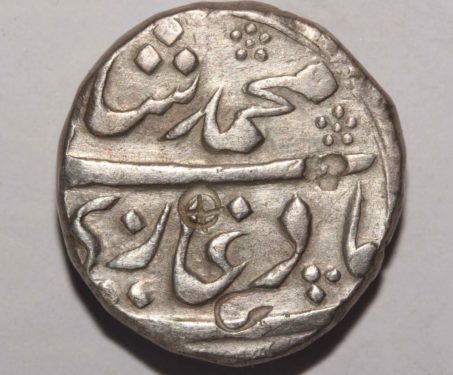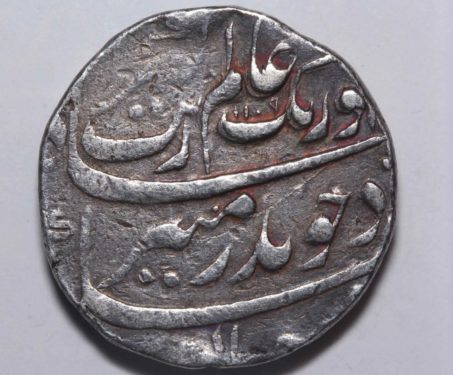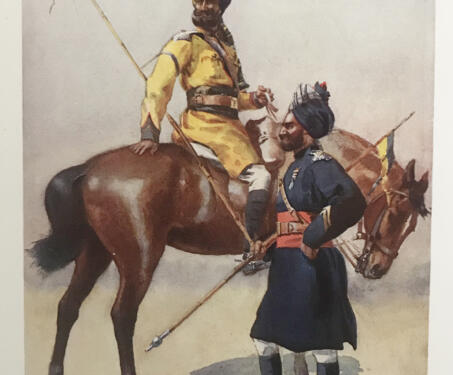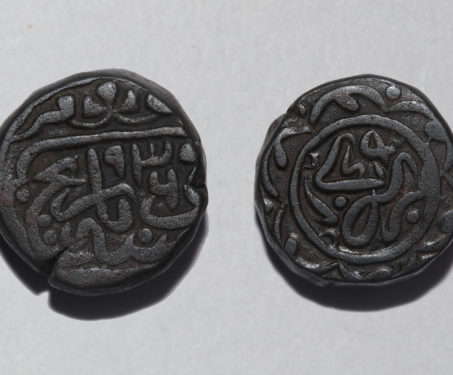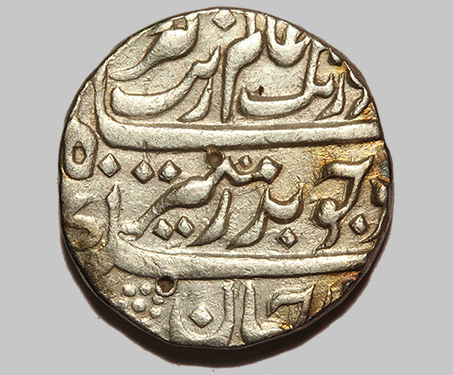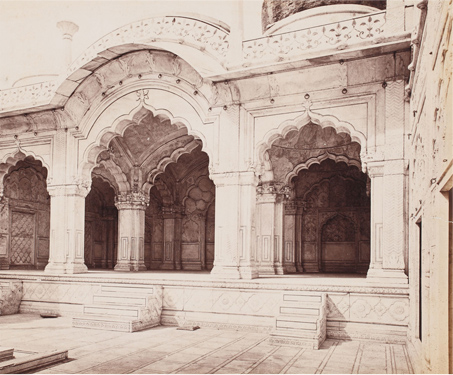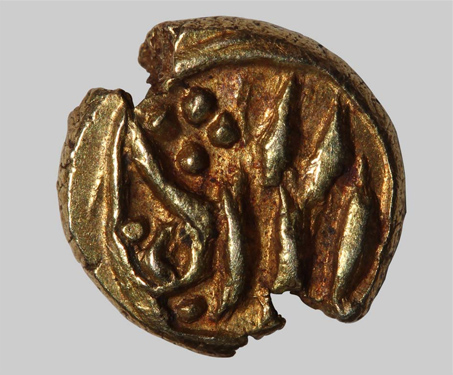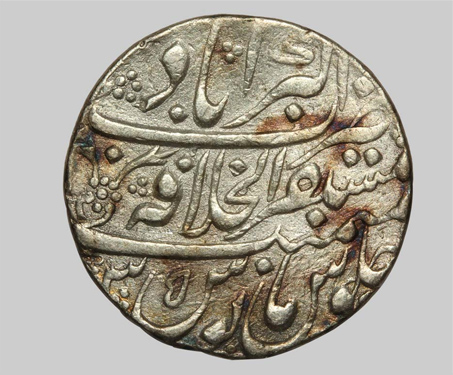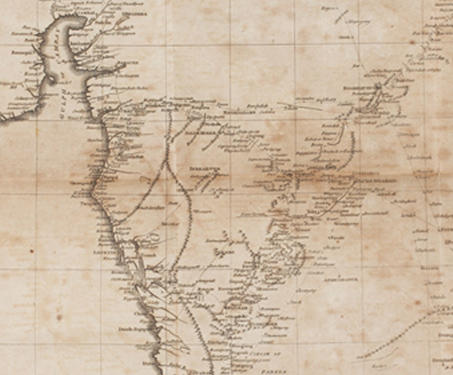

Historical Fragments of the Mogul Empire
Historical Fragments of the Mogul Empire by Robert Orme (1728–1801) was Orme’s last publication. This edition of the book was published posthumously. In this, Orme describes the story of Mughal emperor Aurangzeb (1618–1707), and his efforts to conquer the Deccan. He focuses mainly on the expanding Maratha power under Chhatrapati Shivaji (1630-1680) and the onset of British… Read more »

